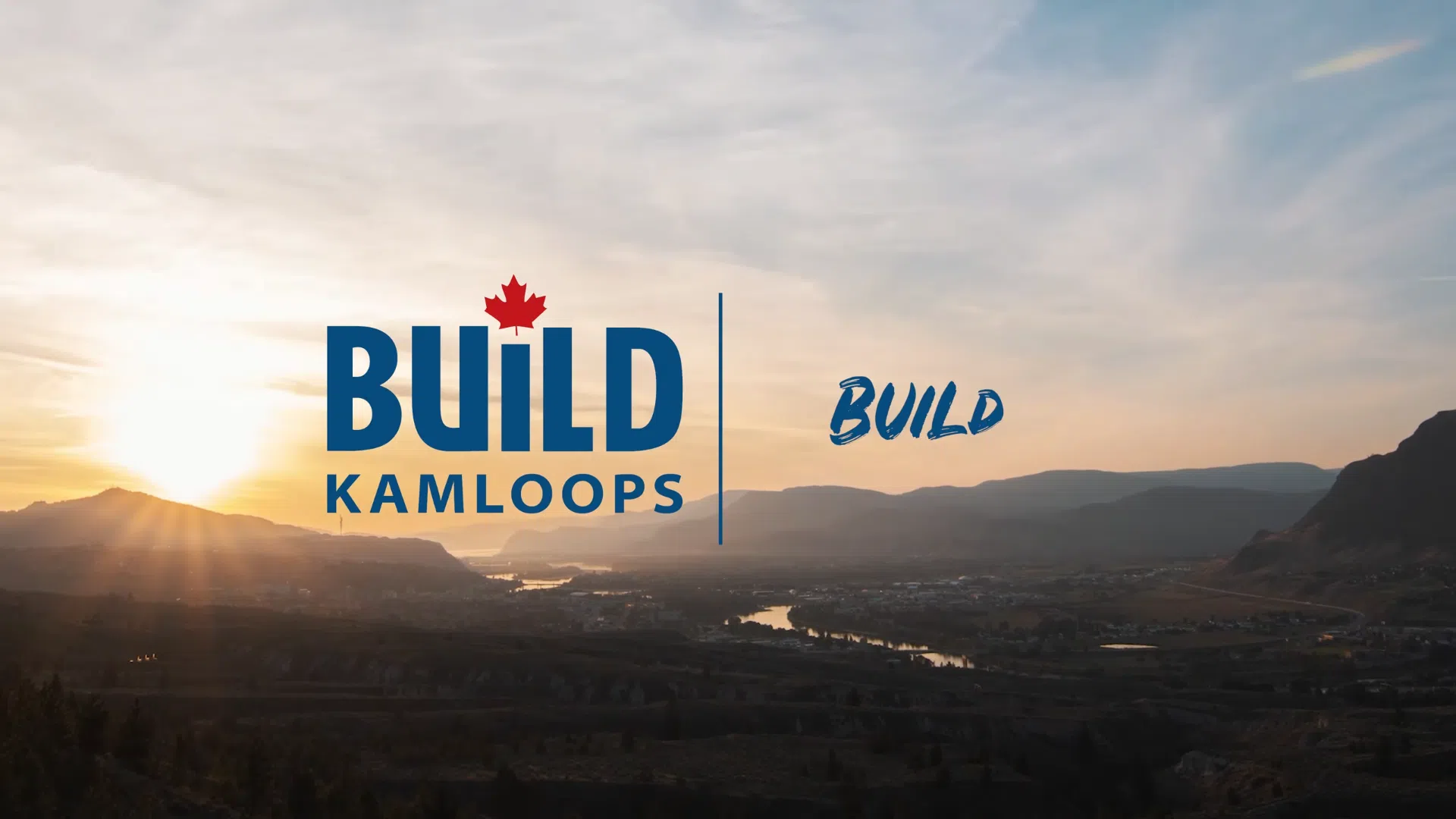
Photo via City of Kamloops
Tuesday’s City Council meeting will feature an update on the Build Kamloops Initiative, which will include projected costs for the construction of both a new ice complex and Kamloops Centre for the Arts.
Council will also be given options for financing approval from the public, a legislative requirement for borrowing over $5-million.
At this time, it is unclear how much the City will need to borrow, but those details are expected to be included in Tuesday’s update.
NL News has learned the figure will be somewhere between $200-million and $300-million, with some of the borrowing replacing debt incurred for the construction of the Tournament Capital Centre, which will soon be paid off.
“You cannot grow without taking on responsible debt, you cannot own a home without taking on responsible debt unless you are incredibly fortunate to come from a wealthy family that hands you something, but that is not how it works as a municipality anyway,” Councillor Katie Neustaeter during the Jan. 22 Build Kamloops Meeting, where she urged people to not shy away from taking on “responsible debt” to grow the community.
“Our neighbours are taking on responsible levels of debt to build what they need to for the future of their cities, and it would irresponsible of us not to. You can’t sit and say ‘great, we have no debt, we’re good to go as a city.'”
It’s not clear what the break down of costs for Build Kamloops are, but the latest estimates put the Kamloops Centre for the Arts – which was identified as the top priority in the Recreation Master Plan – in the neighbourhood of $120-million.
Build Kamloops also includes a new leisure pool on the North Shore, a large curling club facility to accommodate consolidation of the two curling clubs, new indoor field space, and a new all-ages community centre.
It may also include housing in some of those facilities, if it is found to be feasible.
Council to decide between referendum and counter-petition
Among the options to be considered to pay for the Build Kamloops projects is a traditional referendum.
But council will also be considering something called an Alternative Approval Process (AAP) that would use a counter-petition, which requires only the no side to vote by turning in an elector response form with information like your full name, and residential address.
Legislation dictates how counter-petitions are conducted, including setting a threshold of 10-per-cent of eligible voters to defeat the proposal.
“If you don’t vote, it’s a yes vote,” Councillor Margot Middleton said on NL Mornings. “It relies on those that are firmly against or not thinking that this is something they want to see happen, they do have to take the time to vote.”
Petitioners would have 30 days to get roughly between 8,000 and 10,000 electoral response forms returned – depending on the latest census figures in Kamloops.
Counter-petitions are an increasingly popular method of going to the public for borrowing approval as cities and communities seek to add new civic infrastructure, or replace aging facilities.
Kelowna recently used a counter petition to borrow $241-million for the rebuild of the Parkinson Recreation Centre, as well as the construction of Glenmore and Mission activity centres, and redevelopment of sports fields in Rutland.
Petitioners fell well short of the threshold of 12,160, with 4,153 people signing and returning the response form.
In February, the Capital Regional District approved $85-million in borrowing to assemble land, line up housing partnerships and increase the supply of affordable homes.
There too, petitioners fell well short. Of the 33,191 electors needed to kill the borrowing plan, only 1,859 forms were submitted.
Prince George is currently running a counter-petition to borrow $22.15 million to refurbish the Prince George Aquatic Centre. The threshold for it to succeed is 5,512, and the clock starts ticking July 5, ending on Aug. 9 at 5 p.m.
An initial referendum to borrow up to $49 million for a $90 million Performing Arts Centre – which would have included a 355-stall underground parkade – was voted down in 2015.
The revived plans to borrow up to $45 million for a $70-million project with a smaller 70-stall underground parkade was set to go to referendum on Apr. 4, 2020, before it was postponed because of the onset of the COVID-19 pandemic.
Numerous funding sources being eyed
Kamloops City Council has already voted to spend $7 million to complete the validation and detailed design work for the Centre for the Arts downtown, with that work expected to get underway sometime early next year.
In early May, City Council also voted to send a letter to Lana Popham, B.C.’s Minister of Tourism, Arts, Culture, and Sport, to update her on the Build Kamloops initiative while also asking for “identified opportunities for funding.”
“Hopefully we’ll be getting that money from Treasury Branch to help with the Build Kamloops initiative,” Councillor Stephen Karpuk said at time time.
Karpuk also previously told Radio NL that the City was hoping to have these plans in place as soon as possible, so it could try and take advantage of funding opportunities ahead of the upcoming provincial election this fall.
Included in the 2024 city budget is a new $1.35-million cumulative fund paid for by tax revenue to finance the Build Kamloops plan. The City will collect an additional $1.35 million a year until 2028, for a cumulative total of $20.25 million to support future debt repayment.
“Each of the years will increase by the one per cent to a total of five per cent of property tax funding over the next five years,” David Hallinan, the City’s Corporate Services Director told Radio NL in an email.
“Impact on the residence will be $125 as one per cent of taxation equals approximately $25 for the average assessed house at $780,000.”
In March of last year, the Council also allocated $1-million of its nearly $15.7-million share of the provincial Growing Communities grant towards the Build Kamloops initiative, with another approximately $4.3-million unallocated at this time.
You can find more about the Build Kamloops Initiative, including the scope of the selected projects, here.
– With files from Victor Kaisar















